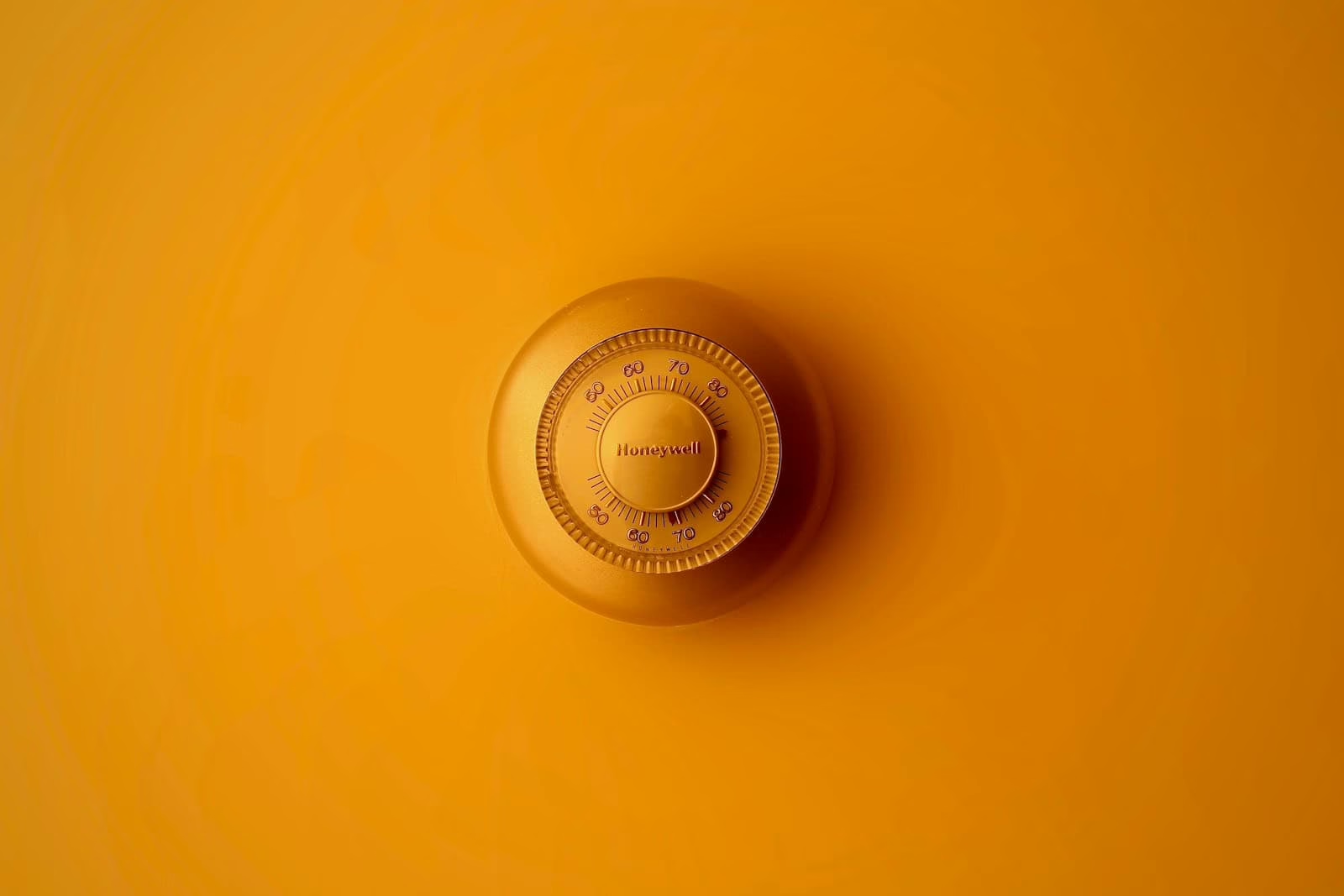Content
It is often quoted that Albert Einstein called compound interest “the eighth wonder of the world”. Whether or not the story is true, the concept behind it is undeniably powerful. Most people associate it with savings accounts or stock market investments – the process where you earn interest on interest you’ve already earned. But the true, hidden power of this phenomenon unfolds in a unique way in the world of real estate.
While compound interest in equities is straightforward and calculable, in property it works like a multi-component machine, driven by several different “engines” simultaneously. Understanding this mechanism is key for anyone looking to build long-term wealth through property.
In this article, we’ll break down this “machine” to see how each of its components contributes to the exponential growth of your investment and how your most valuable ally in this process is time.
What is compound interest and why is it different in property?
At its core, compound interest is “profit on profit.” If you have £1,000 at 10% annual interest, the first year you will earn £100. The second year, however, you will earn 10% not on the original £1,000 but on the new £1,100, making your profit £110. This “snowball” effect turns small amounts into a significant fortune over time.
There is no single “interest rate” in real estate. Instead, the compound interest effect in real estate is achieved through the combination of three main financial drivers working together:
- Capital Growth (Appreciation)
- Cash flow from rent (Cash Flow)
- Loan Paydown
Let’s look at each of them individually.
Engine #1: Capital Growth – the value that grows itself
This is the most obvious component. Over time, due to factors such as inflation, increased demand and infrastructure development, property values typically rise. However, this growth is not linear but complex.
- Example: suppose you buy a property for €150,000. If its value grows by 4% per year on average:
- After Year 1: The value is €156,000 (an increase of €6,000).
- After year 2: The 4% growth is charged on the new value of €156,000, not on the original value. The gain is €6,240. The new value is €162,240.
- After Year 5: By virtue of compound growth, your property will be worth approximately €182,500.
With each passing period, the base on which growth is calculated becomes larger, accelerating the accumulation of value.
Engine #2: Cash flow and rising rents
This is the income that the property generates. The net cash flow is the amount you have left each month after you pay all your expenses from the rent you receive: mortgage payment, taxes, maintenance fees, insurance, etc.
Here compound interest works more subtly but extremely effectively:
- Rents are rising: Historically, rents have kept pace with inflation and even outpaced it in strong markets. That means your income from the property increases over time.
- Your mortgage payment is fixed: If you’re on a fixed-rate mortgage, your biggest monthly expense item stays the same for decades.
This effect creates an expanding “scissors” between your growing revenues and your fixed costs. Cash flow, which may be modest at first, gradually increases, and you can reinvest these additional funds, accelerating the process even further.
Engine #3: Paying off credit – wealth through “forced savings”
This is the hidden genius of property investment with financing. Every time you pay your monthly loan payment, you reduce your debt and increase your equity in the property.
Equity = Market value of property – Residual debt on loan
The magic here is that your tenant pays off your loan. You are using another person’s money to build your own fortune. With each passing year, a larger and larger portion of your payment goes to repay the principal and less and less goes to interest.
Assembling the machine: How it all works together
The true power of compound interest in real estate is seen when the three engines work in sync.
Let’s go back to our example of a €150,000 property bought with 20% equity (€30,000) and 80% credit (€120,000).
- At the beginning (Year 0): your equity is €30,000.
- In 5 years (hypothetical):
- Capital growth: the value of the property has increased to €182,500.
- Repay the loan: your tenant paid the rent and you covered the repayments. Your remaining debt has been reduced to, say, €110,000.
- Calculation of new capital: €182,500 (new value) – €110,000 (new debt) = €72,500 equity.
In 5 years your equity has grown from €30,000 to €72,500 – a return of over 140% on the money you originally invested, not even counting the monthly cash flow you’ve been receiving.
The culmination of compound interest is the next step: you can use this increased equity (through refinancing or sale) to make a down payment on a second property. This is how you start a second “machine” that works for you, and how great property portfolios are built.
And where are the risks?
Of course, this mechanism is not risk-free. Capital growth is not guaranteed and markets can have downturns. There may be periods without a tenant, and maintenance costs are sometimes unpredictable. This is why the long-term horizon is so important, it allows the investor to “ride out” the short-term market fluctuations and allow time to do its work.
Conclusion: your most valuable asset is time
The power of compound interest in property is not a get-rich-quick scheme, but a proven method for the patient. It transforms a single investment into a self-feeding wealth-generating mechanism. The three engines of capital growth, cash flow and debt repayment work together to multiply your money in a way that few other assets can offer.
You don’t need genius to take advantage of it. You need discipline, a good initial investment and the most valuable asset of all – time.
You might also like:
- Property Taxes in Italy: Complete 2025 Guide (IMU, TARI, Imposta di Registro)
- How to Finance a Property Purchase in Dubai: A Complete Guide (2025)
- How to buy a property in Spain remotely
This post is also available in: Български







